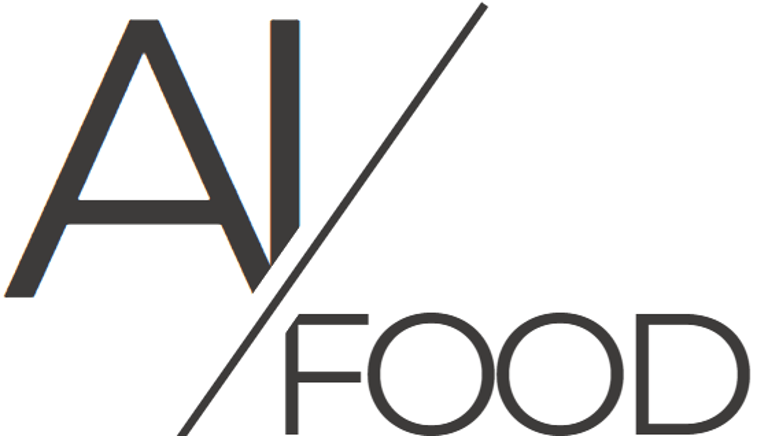The collaboration paradox
Why generative AI requires both strategic intelligence and operational stability in supply chain management
IN REAL SETTINGS: INDUSTRIAL APPLICATIONS
10/1/20251 min read
Dhar, S. (2025). The collaboration paradox: Why generative AI requires both strategic intelligence and operational stability in supply chain management. arXiv preprint arXiv:2508.13942. https://doi.org/10.48550/arXiv.2508.13942
Year and geographical scope
2025Conceptual and simulation-based study without a defined geographical scope; it models supply chains in abstract form.
Generative AI technology, specifications, concrete applications
Technology: multi-agent systems powered by large language models (LLMs).
Specifications: agents integrate retrieval-augmented generation (RAG) for knowledge querying and generative strategic planning.
Applications: inventory and replenishment management, coordination across multi-tier supply chains, policy generation under disruption, mitigation of the bullwhip effect.
Stage of research. Laboratory/simulation. Not yet industrial pilot or real-world deployment.
Implementation insights
Levels and barriers
Technological: ensuring stability of multi-agent interactions; balancing generative strategy with operational execution; mitigating emergent unintended behaviours.
Organisational: redesign of internal processes to integrate autonomous agents; governance of hybrid human–machine decisions.
Environmental/external: uncertainty and variability in supply chain environments, vulnerability to disruption.
Key barriers: “collaboration paradox”, i.e. naïvely collaborative agents may hoard inventory and destabilise operations; coordination challenges across hierarchical levels; trust in generative outputs.
Organisational conclusions
Generative AI cannot be deployed in isolation; it requires co-existence with robust operational rules that maintain material flows.
A two-layer architecture is essential: a strategic layer (generative intelligence) and an operational layer (collaborative control).
Adoption requires monitoring mechanisms, continuous oversight, and cultural adaptation to hybrid decision-making.
Training managers to interpret and supervise generative policies is critical.
Economic/financial conclusions
The study does not report empirical ROI or cost data; however, it stresses that poorly designed agent interaction may degrade performance relative to conventional approaches.
Economic benefits emerge only when hybrid governance mitigates the collaboration paradox.
Properly designed architectures can outperform naïve generative collaboration, suggesting that investment in robust control frameworks yields significant economic value.
Research by: Beatriz Vallina, PhD
Thesis Supervisors: Roberto Cervelló, Prof.PhD & Juan José Lull, PhD
Institution: Doctorate in Agrifood Economics, Universitat Politècnica de València
© 2025. All rights reserved.
